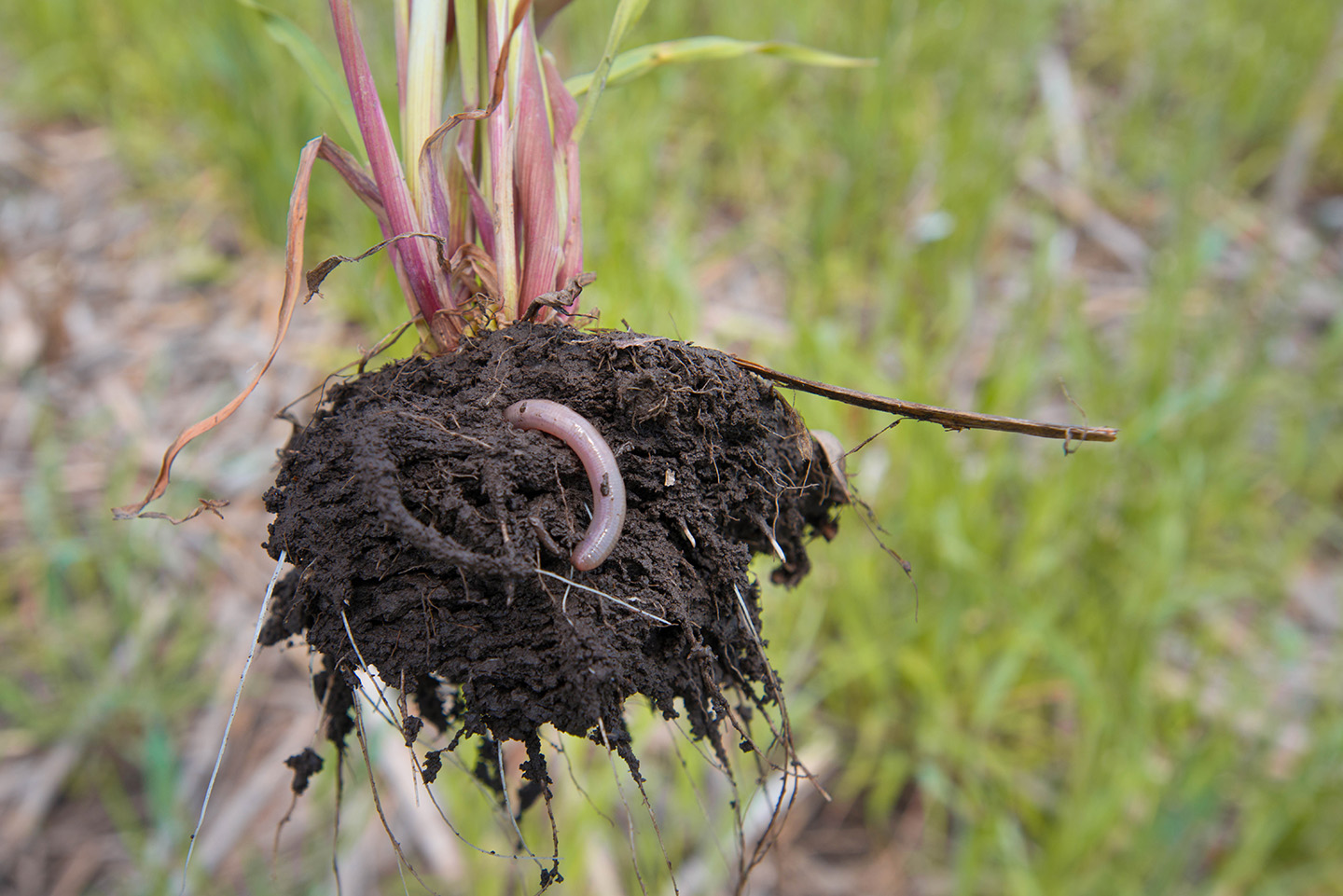
(Photo: Iowa Soybean Association)
Dry conditions could affect soil sample results
October 20, 2022 | Kriss Nelson
Soil sampling this fall? Proceed with caution when interpreting the results.
With the below-normal rainfall since August and a weather outlook showing dry conditions, soil test results for phosphorus, potassium, and PH could result in lower levels, says Antonio Mallarino, Iowa State University professor of soil fertility and nutrient management.
pH
Mallarino says soil pH values are likely less than normal during a drought, with differences ranging from .1 to .4pH units.
“When the soil has been dry, there are soluble salts in the soil,” Mallarino explains. “With normal rain, those would leach out or be taken up by the plant. When it is dry, they remain there; soil samples will seem more acidic with the pH lower than it should be, and a farmer may decide to apply lime when it is not needed.”
The buffer pH, the number used to decide the amount of lime to apply, is not affected by dry soils.
“The pH may be lower than it would be if you wait to sample until after a rainfall, but if you decide lime is needed, the amount of lime to apply will not be affected,” Mallarino says.
Phosphorus and potassium
Scarce or no rainfall since early September slows the normal reactions between soil nutrient pools, which often results in lower phosphorus and potassium levels in soil tests.
“The plants are like pumps taking up phosphorus and potassium during the season, but the uptake decreases before the crop reaches maturity in early September,” says Mallarino. “Normal rainfall allows for the replenishment of the available nutrient pools from the less available pools. Some potassium leaches from the standing plants, sometimes 30 to 50 pounds if it rains.”
If it has been dry, however, this replenishment does not happen.
“There is no recycling because of the lack of rain, so the available nutrient pools cannot be replenished because the soil is dry, so the soil test will show low potassium levels,” he says.
Effects on the soil profile and cornstalk nitrate
Less rainfall during late summer and early fall often results in higher nitrate concentrations in the soil profile and higher values with the end-of-season cornstalk nitrate test.
Even with higher nitrate levels than normal, a large reduction of the fall or early spring nitrogen rate for corn is not recommended because spring rainfall and soil nitrate mineralization/immobilization reactions frequently override fall conditions.
“My advice is to be careful,” Mallarino says. “Don’t cut your nitrogen rate if you are applying in the fall because of the soil test. It could be misleading, or you might have to apply more in the spring.”
Timing
Delay soil sampling until a week of significant rainfall occurs or wait to sample in the spring, Mallarino advises.
If a producer would rather not wait until spring to fulfill their fall fertilizer plans to avoid any potential delays in the spring, collect a complete soil core sample.
“Dry soil could easily drop from the probe, resulting in even lower potassium and phosphorus values,” says Mallarino.
Back